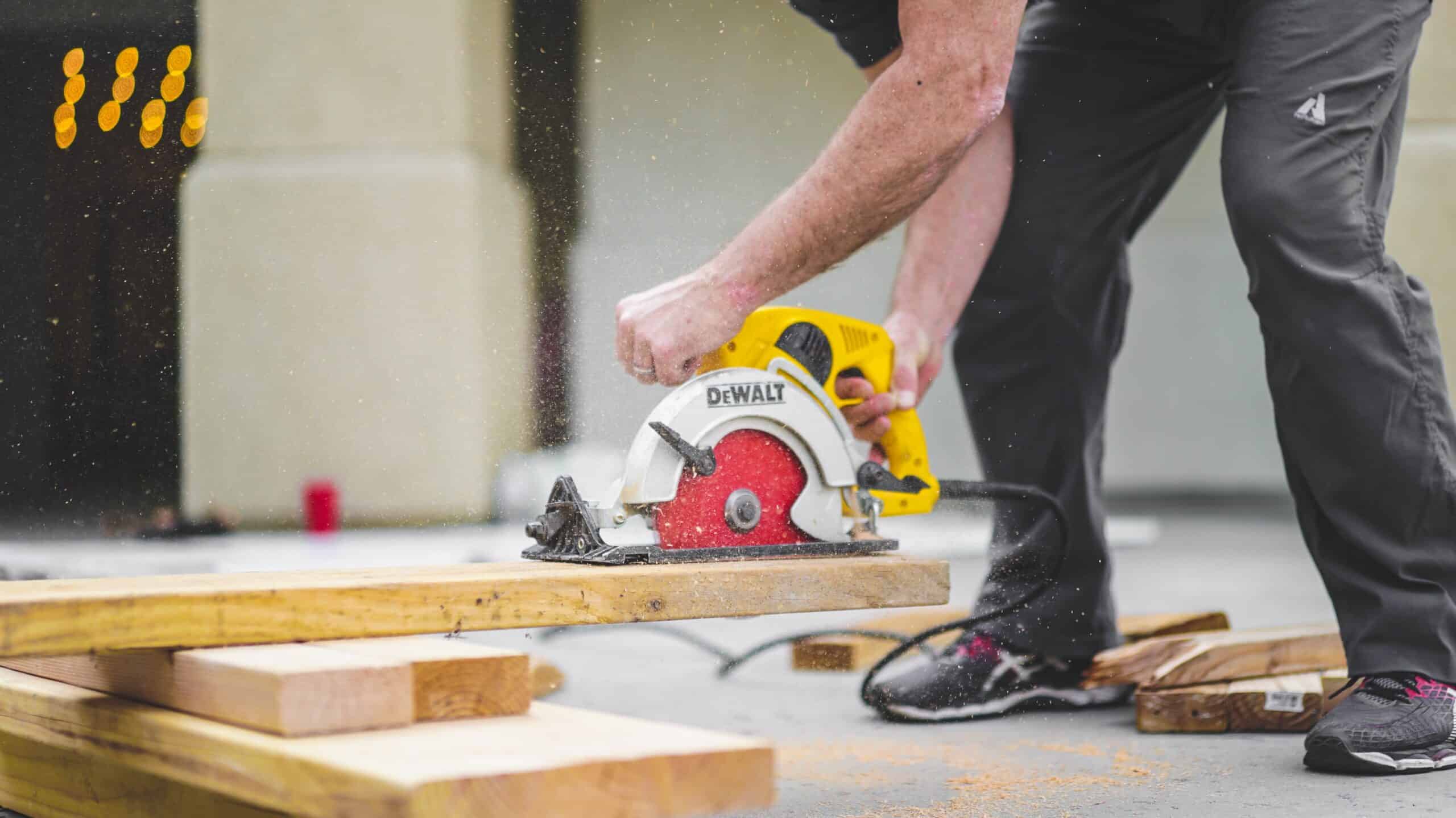By: Eric Austin
Risk Management Expertise Specialist — Products Liability
When an organization produces goods, the hope is that the products are fault-free. However, there may be instances when a product could become dangerous to the public, and it’s the company’s responsibility to inform consumers about these risks.
This responsibility is referred to as the “duty to warn.” The duty to warn doctrine is based on the idea that consumers should be able to make informed decisions about whether to use a product. If a product is dangerous, the manufacturer has a duty to warn consumers about those dangers so they can make an informed decision about product usage.
What Is Included in Duty to Warn?
Manufacturers in particular must remember that the duty to warn includes products that are safe, designed and manufactured well, but normal function can still cause injuries. An obvious example is a chainsaw, but we also see warnings appearing on plastic bags, buckets, or other seemingly innocuous items that may present a hazard to children.
Duty to warn covers reasonably foreseeable use and misuse. Inhaling aerosol propellants, for instance, could be considered reasonably foreseeable misuse.
The Leading product liability allegations include failure to warn, failure to instruct, and inadequate warnings. Failure to instruct means that the operations for a product were not adequate for safe use, or, ignored foreseeable misuse. Instructions should include warnings about removal of guards, or those who should not use a particular product. Children, for example, should not use power tools or different types of cooking appliances.
An inadequate warning may not be clear to the user or may not sufficiently warn the user of what the hazard is.
Principle of Negligence
A businesses’ duty to warn is based on the legal principle of negligence, or a failure to use reasonable care that results in harm to another person.
What is considered negligence? To establish negligence, a plaintiff must prove four elements:
- The defendant owed the plaintiff a duty of care.
- The defendant breached that duty by failing to use reasonable care.
- The plaintiff suffered harm as a result of the defendant’s breach.
- The harm was caused by the defendant’s breach.
Fulfilling Duty to Warn
In the context of product liability, the duty to warn arises when a product is considered unreasonably dangerous, meaning it is more dangerous than a reasonably prudent person would expect it to be.
There are two main ways a business can fulfill its duty to warn:
- By providing adequate warnings on the product itself.
- By providing adequate warnings in other ways, such as through product literature or safety instructions.
These warnings must be clear, conspicuous, and adequate enough to inform consumers about the dangers associated with the product, or misuse of the product.
Warning Standards & Guidance
ANSI Z535.4-2022 is a voluntary standard that provides guidance on the design and content of safety warnings. The standard is not legally binding, but it is widely used by businesses to comply with their duty to warn. The standard is a valuable resource for businesses that want to ensure their warnings comply with their duty to warn. It covers a wide range of topics for warning labels, including purpose, type, content, format, placement, and testing.
How Standards Apply to Products Liability Lawsuits
While ANSI Z535.4-2022 is not a legal document, it is often used as evidence in product liability lawsuits. If a plaintiff is injured by a product, it may be argued that the manufacturer failed to provide adequate warnings about the dangers of the product. If the manufacturer followed ANSI Z535.4-2022 in designing and developing the warnings, this may help defend the manufacturer against the lawsuit.
Overall, ANSI Z535.4-2022 is a valuable resource for businesses wishing to comply with the duty to warn. However, it is important to note that the standard is not a guarantee of safety. The standard is only a guideline, and there may be cases where a manufacturer can comply with the standard and still be found liable for a product liability lawsuit.
Where to Start
During the design phase of a product, a manufacturer should understand the intended use, target audience or those that may use the product, and potential hazards of a product. Those in engineering, design, manufacturing, legal, and risk management should be tasked with assembling all of the relevant data on a product.
Step two would be identifying all possible ways a product can be used/misused. Looking at similar products in the marketplace can be of assistance, plus any lawsuits or even simple complaints on existing similar products. An evaluation of these factors should be made, with warnings being made to not only comply with the standards listed above, but also from what was learned in the design phase analysis.
Finally, once a product is in the marketplace, warnings should be adjusted according to complaints on instructions, product failures, or known examples of misuse. If a new label is determined to be necessary to comply with the standards on subsequent products, then it may be necessary to send an alert out to those who have already purchased the product with the new label or instruction update, along with proper placement (if it is a label being sent). A business must prove that they did everything a responsible business could do to protect the consumer and public.
Learn More
Learn more about product liability and ANSI standards:
- Product Liability and the Big Picture
- Building a Cross-Functional Products Liability Program
- The American National Standards Institute Website
And stay tuned for the next article in this series: Products Liability & Social Media
About the Author
In his current role at Amerisure, Eric assists with the review of manufacturing accounts, the products produced, and coordinates with underwriting teams on potential issues identified, while helping to coach risk management consultants prior to visiting prospective accounts. Eric has been a featured speaker for the National Pool Builder’s Association meeting, providing safety instruction to company ownership personnel. Additionally, he created the widely successful SafetyResourcesBlog.com. Eric was named Amerisure’s Loss Control Consultant of the Year in 2012, and has been nominated for this honor two other times. He has been published in Safety and Health Magazine, as well SafetyInfo.com’s online magazine.
The information provided in this article does not, and is not intended to, constitute legal advice; instead, all information, content, and materials contained in this article are for general informational purposes only.



